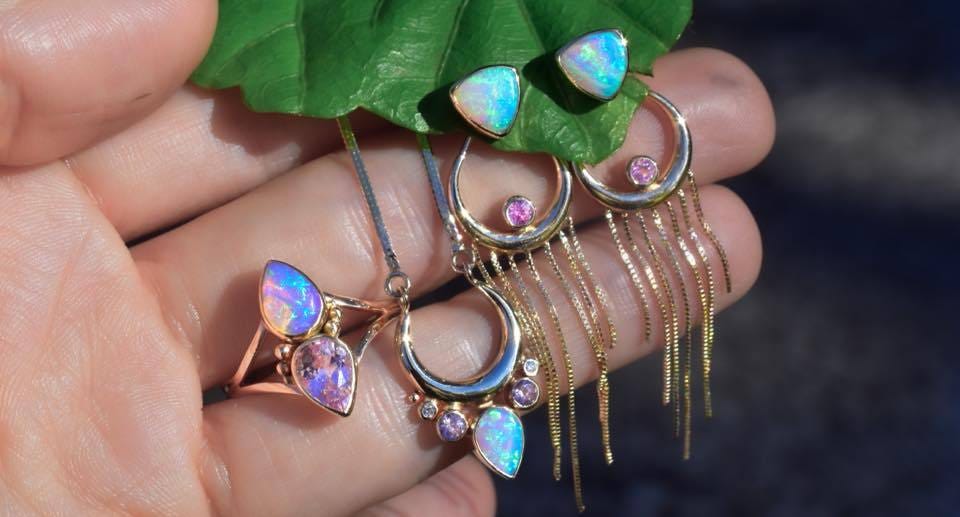Today, when someone is asked about a silver or gold color in nature, there is a good chance that their gaze will wander skyward to the lights of our sibling planets, gold to the sun and silver to the moon. But the colorful relationships between earthly metals and celestial bodies are anything but reveries; they form the framework on which civilization is built.

It all began in the “Chalcholithic Period” in western Anatolia, now Turkey, after the first discoveries of a series of metals that later became known as the “Seven Metals of Antiquity. The “Chalcholithic Period,” which preceded both the Iron and Bronze Ages, marks the transition of Neolithic man and his use of stone, obsidian, and flint tools to the first organized societies.
This phase in the evolution of mankind is based on the use of ores that were fashioned into metallic tools and jewelry such as rings, earrings, pendants, necklaces, and bracelets.
During a period of more than 7000 years, from 6000 BC to 1400 AD, there were only seven metals known to man. These metals are known as the “Seven Metals of Antiquity”: Gold, Silver, Copper, Iron, Tin, Lead and Mercury. Mercury was mistakenly thought to be a type of silver and was called “hydrargyrum” in Greek, meaning “watery silver,” which evolved into the English “quick silver.”
From the Archaic period to the Middle Ages, civilizations and their leaders revered silver and the other six metals above all else. In these pre-scientific eras, the general view was that the earth and everything on it was a reflection of the heavens: “As above, so below” was the basic idea of Angel Alchemy Jewelry.
So when the high priests, oracles and alchemists looked to the heavens and saw seven celestial bodies, they found their correspondence in the powers and properties of their most precious of materials: metal.
It was clear that gold, with its brilliance, embodied the sun, and silver, with its shimmering luster, was the embodiment of the moon. Now they just had to assign a symbol to each metal.
The circle, the sun sign of perfection, was assigned to the oldest and most precious of all metals: Gold. The second most valuable, silver, was given half the crescent moon. The more base a metal is, the more imperfect the circle is.
Angel Alchemy Talisman
Throughout the centuries, men and women have used gemstones and crystals as personal jewelry and body decorations to cast spells. It was believed that as talismans, amulets, or good luck charms, they could ward off evil spirits (or attract benevolent ones), protect against harm, or find love. To this day, many people of all ages and from all walks of life believe in the magical power of certain gemstones and wear enchanting jewelry as part of their everyday attire.
Not only do they preserve friendships and promote loyalty, but they are also said to protect the wearer from capture. Turquoise is also a popular Angel Alchemy Talisman because it is said to change color when the wearer is in danger. It is also used in amulets in many cultures because it is considered a good luck charm.
There are many other beliefs about the use of gemstones as enchanting jewelry. They can be worn as talismans, lucky charms, amulets or simply as fashion accessories. But for many people today, as in ancient times, gemstones are chosen not only for their beauty, but also for the perceived benefits they bring to the wearer.





0 Comments